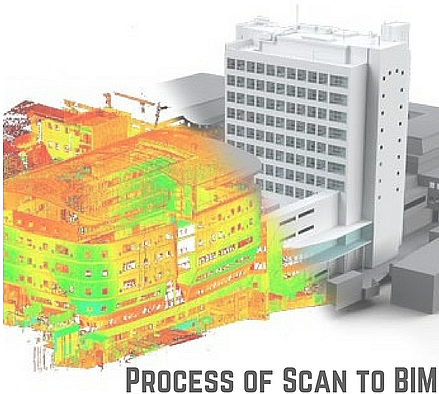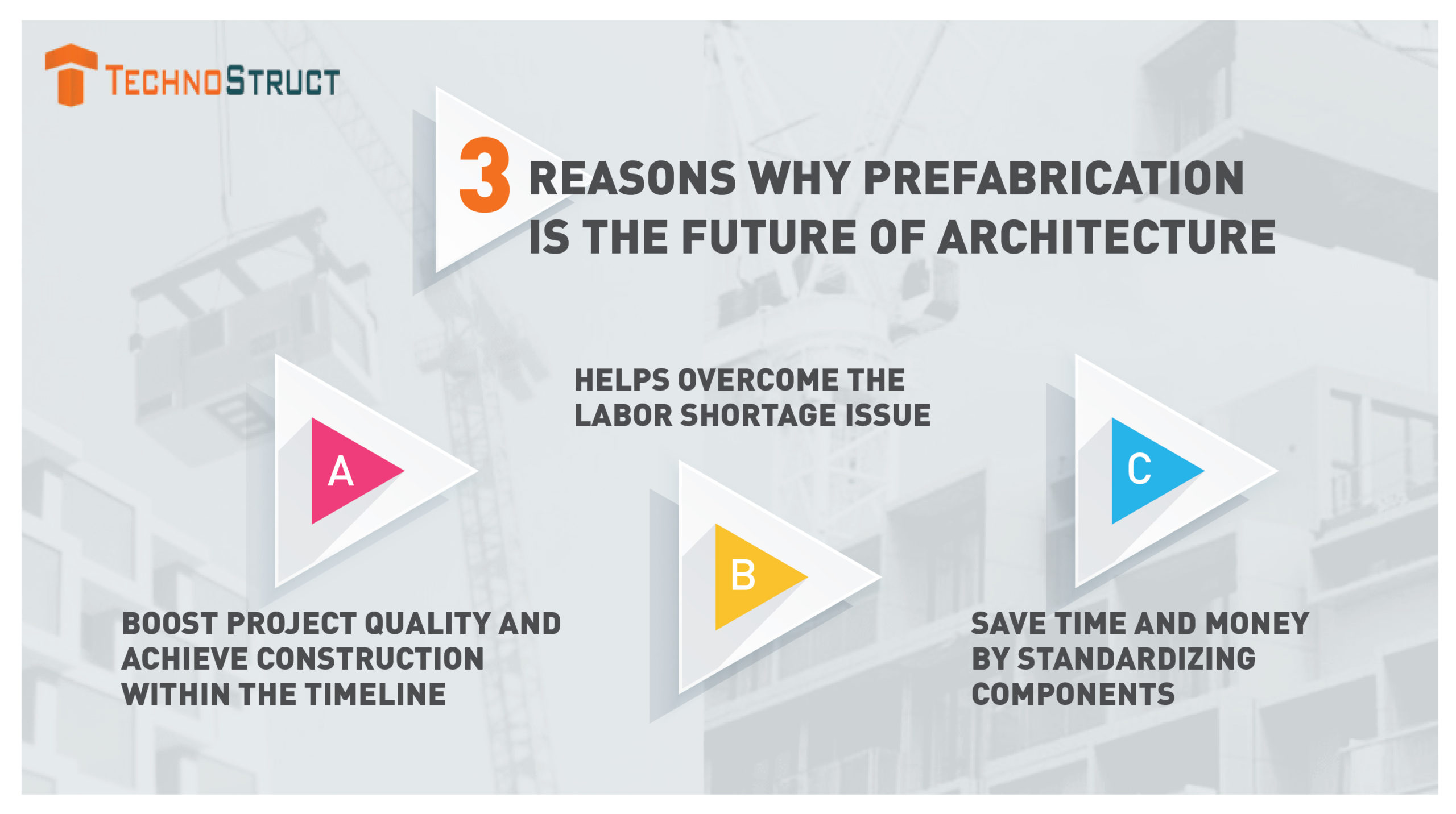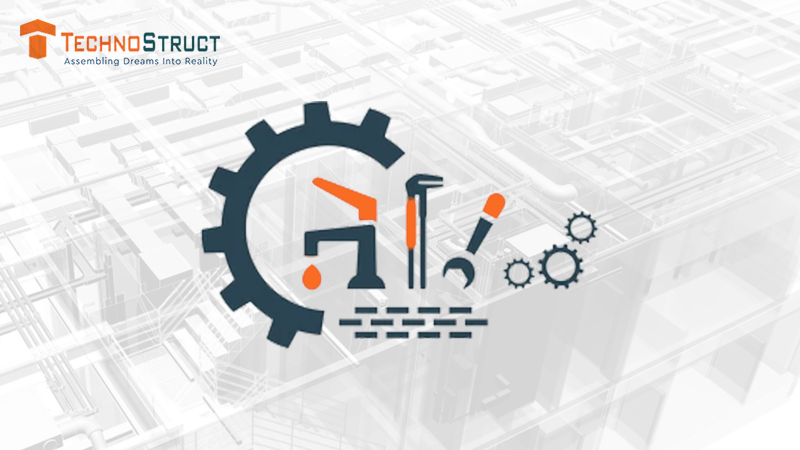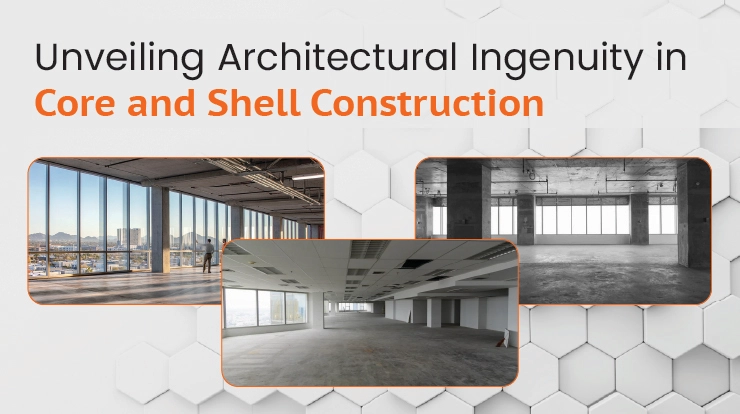
In the dynamic realm of construction, “Core and Shell Construction” emerges as a fundamental concept shaping the skeleton of modern architecture. This method establishes the core structure and external shell of a building, providing a robust foundation for intricate designs and sustainable solutions.
Let’s delve into the intricacies of core and shell construction, exploring its meaning, significance, and innovative trends defining the landscape of contemporary building projects. Over this period, core and shell in construction have been proved advantageous.
What is Core and Shell in Construction?
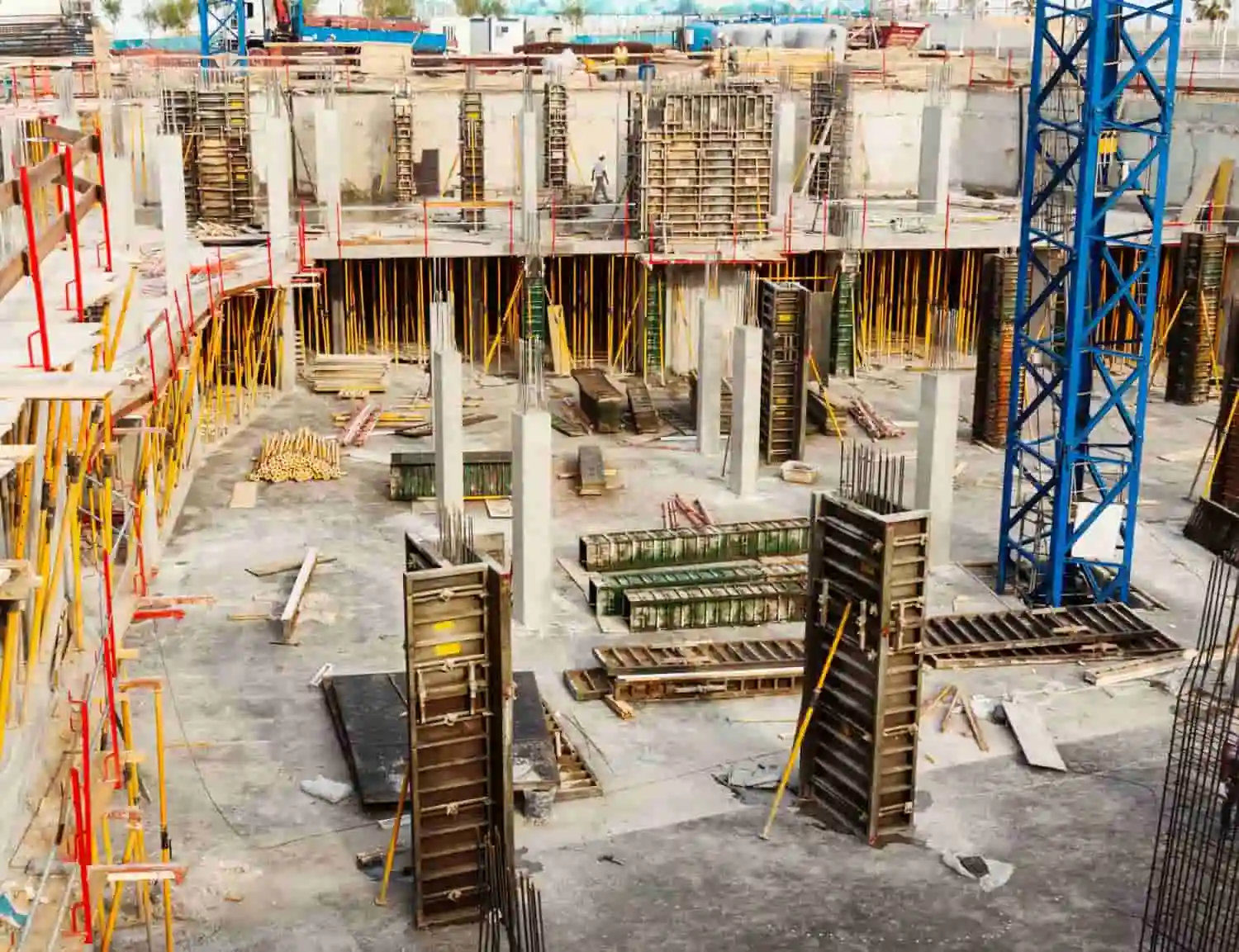
Before diving into the world of core and shell construction, we need to have a clear overview of what it means. So, let us, at very first, understand the concept of core and shell in construction.
Core and shell construction fundamentally entails the creation of a building’s core structure and outer shell in the initial phases of development. The core encompasses essential elements like elevators, stairwells, and utility shafts, forming the building’s backbone. The shell constitutes the exterior elements, for flexibility in interior design and adaptive spaces, making it choosable for architects navigating the demands of diverse projects.
In core and shell construction, the emphasis on the foundational elements enables a streamlined approach to subsequent interior modifications, providing architects and developers adapt spaces according to the specific needs of tenants or evolving functionalities. The core serves as a stable anchor, and the shell acts as a customizable canvas, allowing architects to create unique, tailored environments within a pre-established framework.
The Practice of Core and Shell in Construction
Core and shell construction in action involves meticulously orchestrating architectural and engineering elements. During the initial stages, the core is erected, integrating key structural components and service provisions. This phase lays the groundwork for the subsequent construction of the shell, which encompasses the building’s facade, windows, and other external features.
The core and shell become apparent as the construction progresses. The core provides structural stability and houses vital utilities. The shell introduces aesthetic appeal, responding to design considerations, climate requirements, and energy efficiency. This dual-track approach expedites construction, and facilitates adaptability, enabling the customization of interior spaces in response to evolving needs.
Is Core and Shell Construction innovative?
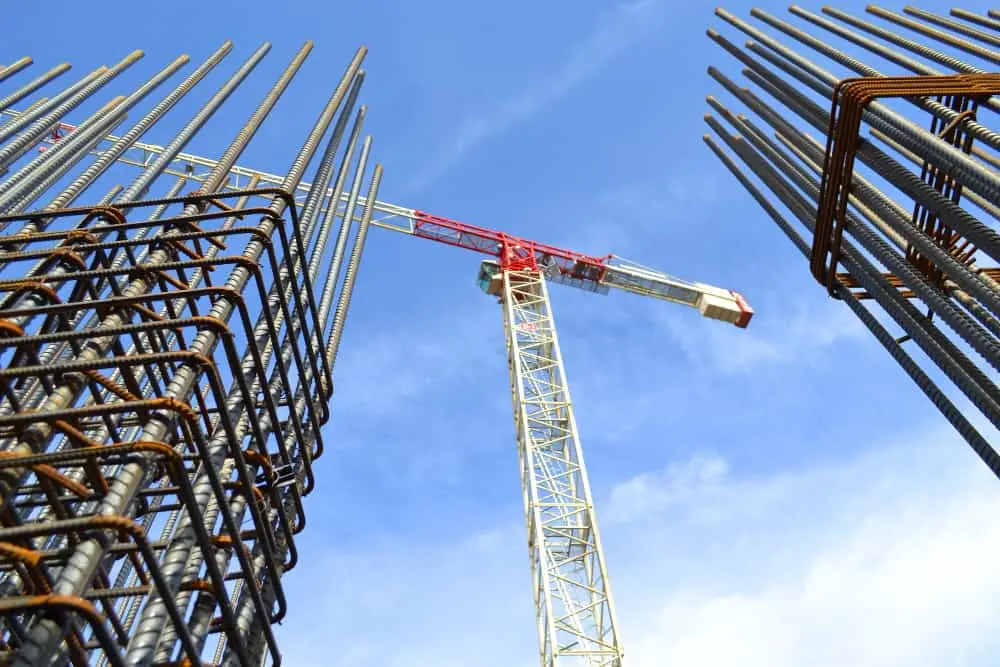
In the evolving landscape of construction, core and shell construction has become a canvas for innovation. Architects and engineers are integrating cutting-edge technologies and sustainable practices into the core and shell framework, redefining the possibilities of modern architecture. From smart building systems embedded within the core to eco-friendly shell designs, the construction industry is embracing a holistic approach.
Sustainability in core and shell construction is a key focus area, with architects incorporating energy-efficient materials and design principles. The core is a hub for sustainable technologies, optimizing resource usage, and minimizing environmental impact. And, the shell integrates green building practices, utilizing materials that enhance insulation, reduce energy consumption, contributing to a more eco-friendly urban landscape.
The Core and Shell Construction Meaning
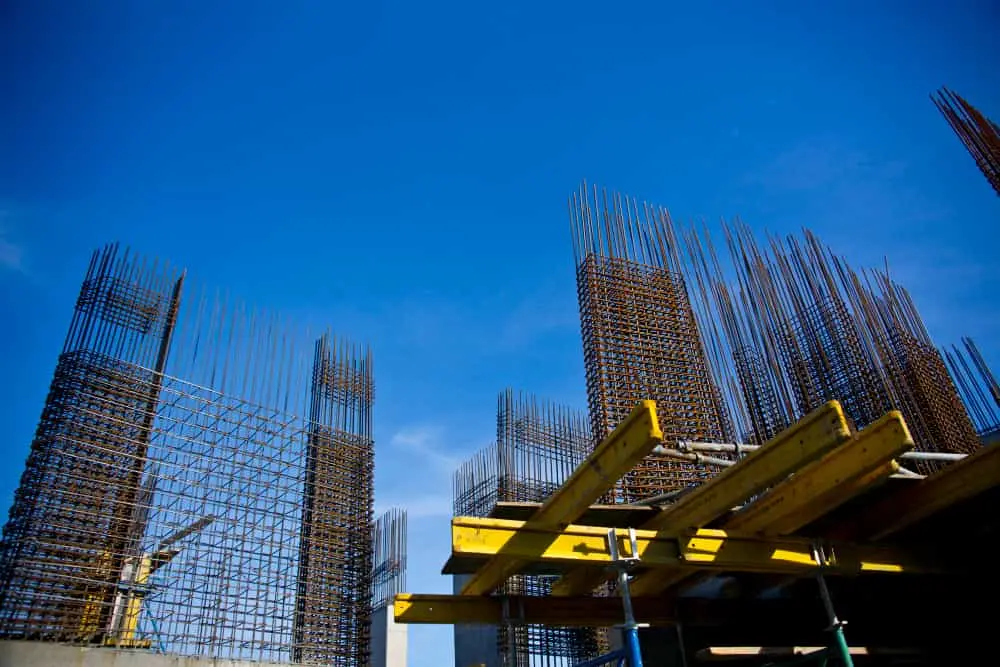
The core and shell construction meaning extends beyond its surface-level definition. It symbolizes a strategic and forward-thinking approach to building design, where the foundational elements are carefully considered to accommodate future changes and advancements. This method reflects a commitment to adaptability, sustainability, and efficiency, echoing the ethos of a progressive architectural era.
In essence, core and shell construction represents a synergy between structural stability and creative flexibility. The core provides the strength and resilience necessary for enduring structures, while the shell allows for artistic expression and functional adaptation. As the construction industry continues to evolve, the core and shell construction meaning evolves with it, embodying the spirit of innovation and adaptability.
The Future of Core and Shell Construction
As we peer into the future of construction, core and shell construction stands poised as a pivotal player in shaping architectural landscapes. The fusion of technology, sustainability, and adaptability within this framework sets the stage for a new era of buildings that are not only structurally sound but also responsive to the dynamic needs of society.
It envisions buildings that are not static entities but living organisms that evolve and adapt alongside the needs of society. In this glimpse ahead, we witness a paradigm shift where the core and shell framework becomes a playground for groundbreaking innovations that redefine the very essence of architectural possibilities.
Technological Integration
- The future of core and shell construction is intricately woven with the seamless integration of technology. Smart building systems embedded within the core will evolve beyond conventional utilities, transforming into intelligent hubs that respond dynamically to user needs.
- From automated climate control to predictive maintenance, these technological marvels embedded in the core will elevate the efficiency and user experience of the built environment.
Sustainable Evolution
- Sustainability takes center stage in the future of construction, and core and shell methodologies are no exception. The core becomes a nexus for sustainable practices, hosting advanced energy-efficient systems, recycling facilities, and green energy sources.
- Simultaneously, the shell undergoes a metamorphosis, adorned with eco-friendly materials and designs that harness natural elements for optimal energy utilization.
- The future envisions core and shell constructions as not only functional and aesthetically pleasing but also as beacons of environmental responsibility.
Adaptability as a Design Principle
- The hallmark of future core and shell construction lies in its innate adaptability. Buildings will be designed with a foresight that accommodates the changing needs of inhabitants and the evolving demands of the surrounding community.
- The core becomes a dynamic space, designed to facilitate seamless reconfigurations, while the shell embraces modular designs that can be easily modified to accommodate diverse functionalities. This adaptability ensures that buildings remain relevant and efficient over time, reducing the need for extensive renovations or demolitions.
Resilience in the Face of Challenges
- The future of core and shell construction is marked by resilience, addressing challenges posed by climate change, urbanization, and unforeseen crises. The core, fortified with resilient materials and systems, becomes a stronghold against natural disasters and external threats.
- Meanwhile, the shell incorporates designs that enhance structural integrity, ensuring that buildings can withstand the test of time and environmental adversities.
Human-Centric Design
- Future core and shell constructions prioritize human-centric design principles. The core evolves beyond its utilitarian role, becoming a space that fosters well-being, connectivity, and collaboration.
- Intelligent layouts enhanced natural lighting, and ergonomic considerations within the core create environments that contribute to the physical and mental health of occupants. The shell, in turn, reflects architectural aesthetics that resonate with the cultural and social fabric of the community.
| Also Read: Trends Changing the BIM Landscape
Conclusion
In conclusion, core and shell construction transcends the traditional boundaries of building design. Its meaning goes beyond bricks and mortar, encompassing a philosophy of balance between stability and creativity. As the construction industry continues to innovate, core and shell construction will remain a cornerstone, laying the foundation for buildings that stand tall, adapt to change, and embody the spirit of architectural excellence.
Embrace the core, design the shell – a symphony of strength and style in the ever-evolving world of construction. As we step forward into this future, the core and shell construction paradigm stands as a beacon, guiding the way toward a new era of architectural excellence.
FAQs
Q1. What is a shell system in construction?
Ans. In construction, a shell system refers to the exterior structure of a building, including walls, windows, and the roof. It provides a protective envelope, defining the building’s appearance and safeguarding its interior. The shell system works in tandem with the core to create a functional and aesthetically pleasing architectural framework.
Q2. What is the shell and core State?
Ans.– The shell and core state is a construction phase where the building’s essential structural elements (core) and external envelope (shell) are completed, providing a functional foundation. Interior spaces are left unfinished, allowing for future customization. This approach offers flexibility in adapting spaces to specific tenant requirements during later fit-out phases.
Q3. What is shell vs frame construction?
Ans. Shell construction focuses on the building’s external elements, emphasizing aesthetics and functionality. In contrast, frame construction centers on the internal skeleton, prioritizing structural support. While the shell highlights the exterior appearance, the frame is essential for ensuring a building’s stability and load-bearing capacity. Both approaches play distinct roles in construction.
